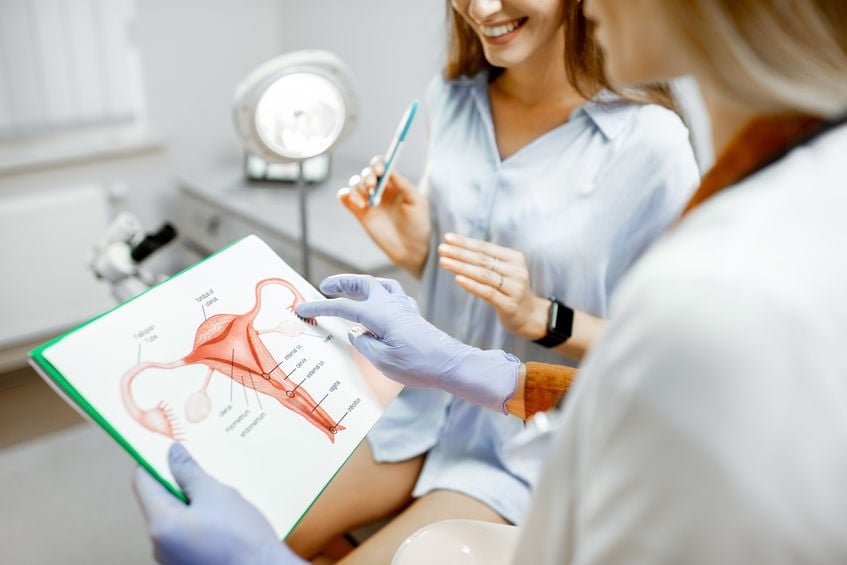Understanding Uterine Scarring
As the name implies, uterine scarring is scar tissue on the uterus. One or more bands of scar tissue can disrupt the normal shape and function of the uterus. Women with uterine scarring have trouble getting pregnant. This accounts for about20% of womenwith infertility. The scar tissue could be small. Or there can be severe scarring causing infertility and even stopping the menstrual flow. There are several causes of uterine scarring including surgery, endometriosis, and PID.

The harsh side effects of surgery
Injury to the uterus is the most common cause of uterine scarring. Most injuries happen from surgery. For instance, a past C-section could have caused scar tissue to develop on the uterus. Women who had adilation and curettageor D&C after a miscarriage or abortion may end up with uterine scarring. Other procedures include surgery for fibroids andabnormal uterine bleeding. These scars could prevent a fertilized egg from implanting in the uterus.
Scarred by rogue cells
Endometriosis is a serious reproductive condition that can cause scarring. The uterus has an inner layer called the endometrium. In some women, the endometrium tissue and cells move to other parts of the body. This includes the fallopian tubes, ovaries, and outer uterine layers. The cells multiply and form small masses. Since these cells are from the endometrium, the masses will thicken and bleed like during a period. These rouge cells also cause inflammation that develops into scarring. Women with endometriosis can have several uterine scars. Symptoms include painful periods, painful urination, and pain during sex. Speak with a doctor if any signs of endometriosis appear.
Can inflammation cause uterine scarring?
Women with Pelvic Inflammatory Disease or PID can experience uterine scarring. PID is an infection of the reproductive system that affects the uterus, fallopian tubes, and ovaries. PID starts as an infection in the vagina. The infection moves to the cervix, the uterus, then other parts of the reproductive organ. If left untreated, the body attempts to fight the bacteria. This creates scarring and abscesses in the areas of the infection. Scarring can make some women infertile. The main cause of PID is sexually transmitted bacteria or STIs like chlamydia and gonorrhea. Retrograde menstruation is another cause. This is where menstrual blood flows into the fallopian tubes or stays in the uterus, causing infections. Rough estimates havePID ratesat 4%.
Can a doctor treat uterine scars?
In most cases, doctors can provide guidance and treatment for uterine scarring. The doctor will address both the root cause and the scars themselves. Treatment for scarring includes medication, hormone therapy, and surgery. Women with mild uterine scarring can still get pregnant after treatment. Major scars, however, have a lower rate of pregnancy but is still possible.
Use infertility as a warning sign
Most uterine scars develop no symptoms, with difficulty getting pregnant the biggest sign. The underlying cause of the scars has mild to severe symptoms. Women suspecting uterine scarring, or the conditions that cause scarring should help from a doctor immediately.




